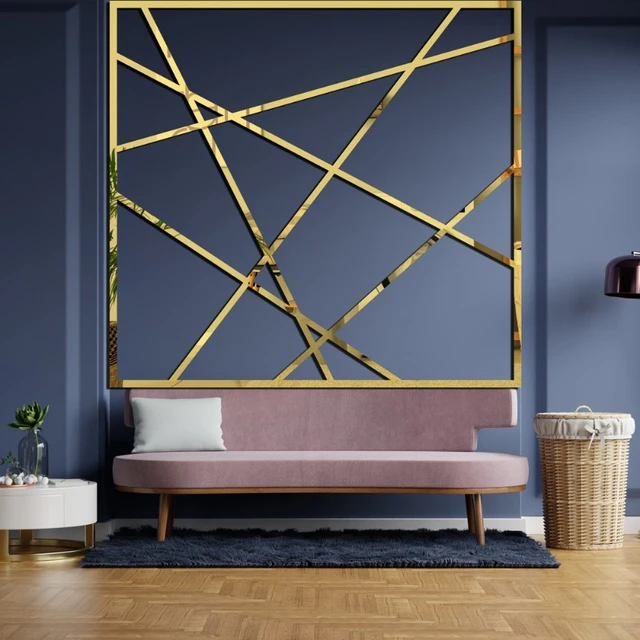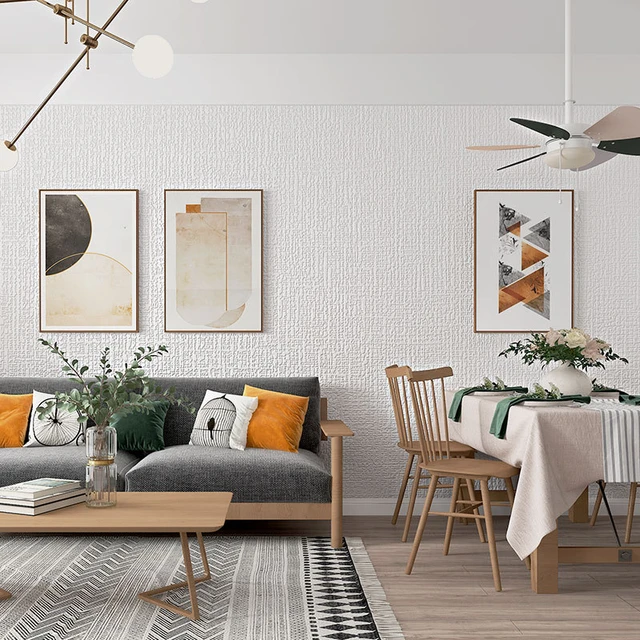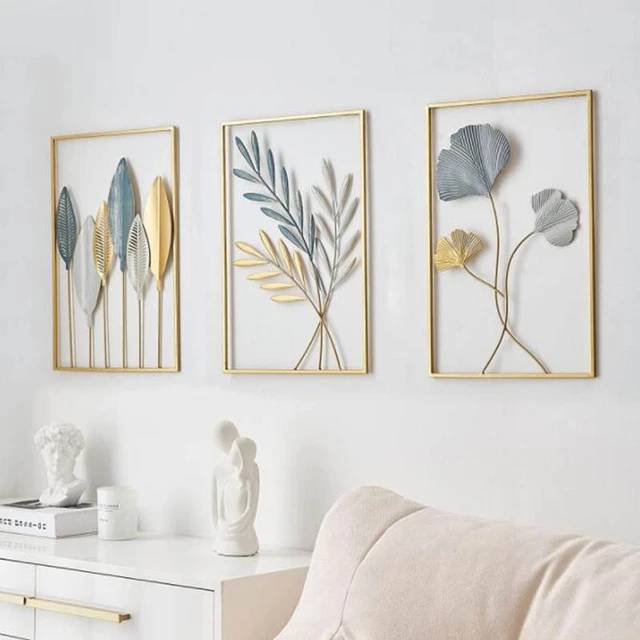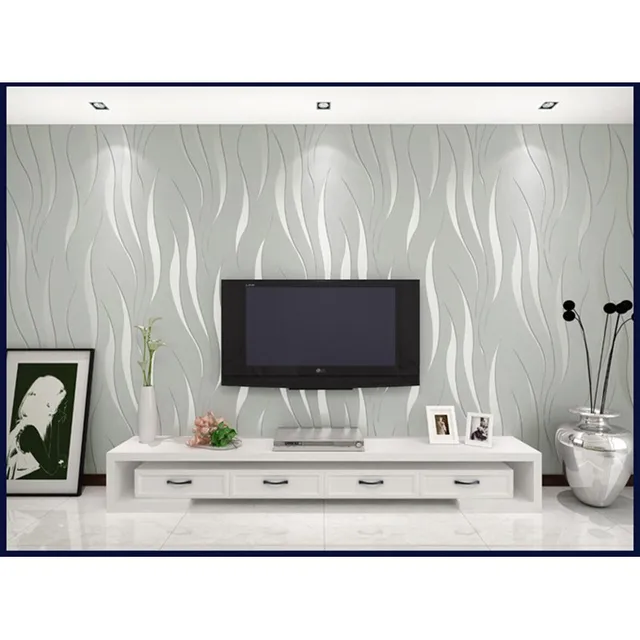 Introduction:
Introduction:
Accent walls are a popular design choice for adding visual interest and personality to a living room. Selecting the right wall as your accent wall is crucial for achieving the desired effect and enhancing the overall aesthetic appeal of the space. In this comprehensive guide, we will explore various considerations to help you choose the perfect wall for your accent wall in the living room. By understanding factors such as focal points, architectural features, and color schemes, you can make an informed decision that elevates the design of your living room.
 Introduction to Accent Walls
Introduction to Accent Walls
Accent walls are intended to be a focal point in the room, attracting attention and creating visual interest.
A. Purpose of Accent Walls: Accent walls can serve multiple purposes, such as highlighting a specific architectural feature, creating a focal point, or adding dimension and depth to a room.
B. Enhancing Design: A well-chosen accent wall can enhance the overall design of the living room and tie the elements together.
Assessing Focal Points
Identifying existing or potential focal points in the living room is essential for choosing the right wall for your accent wall.
A. Natural Focal Points: Determine if the room already has natural focal points, such as a fireplace, large windows, or a prominent architectural feature. Consider whether these elements can be enhanced or complemented by an accent wall.
B. Creating Focal Points: If the room lacks distinctive focal points, highlight a wall that can be transformed into a captivating focal point through design, color, or artwork.
Analyzing Architectural Features
Take into account the unique architectural features of your living room when selecting the accent wall.
A. Highlighting Features: Consider walls that can showcase architectural elements like columns, alcoves, or exposed brickwork.
B. Accentuating Verticality: Choose a wall that can visually enhance the verticality of the room, adding a sense of height or drama.
Assessing Wall Size and Proportions
Understanding the size and proportions of the walls in your living room will help you determine which wall is suitable for an accent wall.
A. Large Walls: If your living room has a large wall, it can be a good candidate for an accent wall as it provides ample space to make a bold statement.
B. Small Walls: In smaller rooms, select a smaller wall to avoid overwhelming the space while still adding visual interest.
 Considering Lighting
Considering Lighting
Analyzing the lighting in your living room is crucial when deciding on the accent wall’s location.
A. Natural Light: Choose a wall that receives ample natural light to accentuate the colors and textures of your accent wall.
B. Artificial Light: Consider the placement of artificial lights, such as ceiling lights or wall sconces, to ensure they enhance and highlight the accent wall effectively.
VI. Analyzing Color Schemes
Color is a vital aspect when selecting the accent wall in your living room.
A. Color Contrast: Choose a wall that contrasts with the other walls in the room to create a striking visual impact.
B. Color Harmony: Consider how the selected wall will harmonize with the existing color scheme and other decorative elements in the room.
 Personal Preference and Design Style
Personal Preference and Design Style
Ultimately, personal preference and your desired design style play a significant role in determining the ideal accent wall in your living room.
A. Design Style: Ensure the chosen wall aligns with your preferred design style, whether it’s modern, traditional, eclectic, or minimalist.
B. Visual Appeal: Select a wall that resonates with your personal taste and creates a visually appealing focal point.
Current trends in living room interior design:
The trends for living room decoration are constantly evolving, but here are some current trends in living room interior design:
Minimalism:
Minimalist design continues to be a popular trend for living rooms. This style focuses on clean lines, uncluttered spaces, and a minimal color palette. It creates a sleek and serene atmosphere with an emphasis on functionality.
Natural Elements:
Incorporating natural elements into living room decor is a growing trend. This includes using organic materials such as wood, stone, and plants to bring a sense of warmth and a connection to nature. Natural fibers like jute or rattan can be used for furniture or rugs, while indoor plants can add a touch of greenery.
Neutral and Earthy Color Schemes:
Neutral color schemes like beige, white, and gray remain popular for living rooms. These soft and calming hues create a versatile backdrop that can be easily combined with pops of color or metallic accents. Earthy tones, such as warm browns and various shades of green, are also trending, adding a grounding and natural vibe to the space.
Smart Technology Integration:
With the rise of smart home devices, the integration of technology into the living room has become a trend. This includes incorporating smart speakers, voice-controlled lighting, and entertainment systems seamlessly into the living room design. Concealing wires and incorporating wireless charging options are also considerations.
Multi-functional Furniture:
As living spaces continue to shrink, there is a growing need for multi-functional furniture. This includes items such as sofas with built-in storage, coffee tables that convert into dining tables, or ottomans that double as extra seating or storage. These versatile pieces maximize space and provide practical solutions for modern living.
Texture and Layering:
Incorporating different textures and layering elements create visual interest and add depth to the living room. Mixing fabrics like velvet, linen, and faux fur, or combining different materials like wood, metal, and glass, can create a visually appealing and cozy atmosphere.
Personalized and Eclectic Touches:
Adding personal touches and eclectic elements is a trend that allows individuals to express their unique style and personality in their living room decor. This can include displaying personal artwork, incorporating vintage or handmade items, or mixing different design styles for a curated and personalized space.
It’s important to remember that trends can change over time, and it’s essential to choose elements that resonate with your personal style and create a welcoming and comfortable living room space.
 Conclusion
Conclusion
Choosing the perfect wall for your accent wall in the living room requires careful consideration of several factors, including focal points, architectural features, wall size, lighting, color schemes, personal preference, and design style. By assessing these elements, you can confidently select the right wall that will enhance the overall aesthetics of your living room, add depth and dimension, and create a captivating focal point. Remember to strike a balance between visual impact, harmony with the existing space, and your personal style. Once your accent wall is in place, you can enjoy a visually stunning living room that reflects your individuality and design sensibilities.

